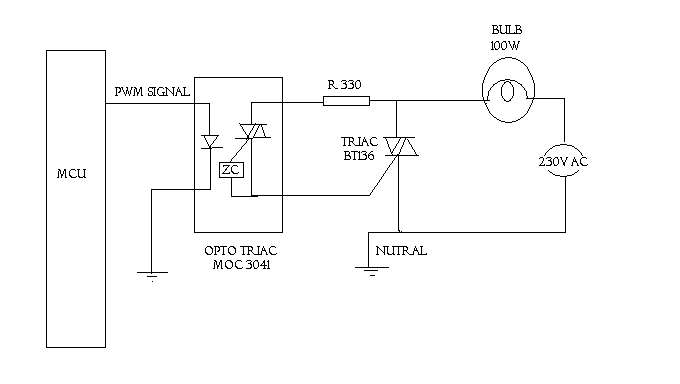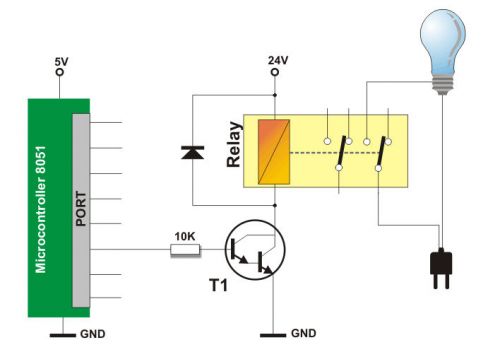snayak
Junior Member level 1
Hi,
I am designing a 8051 microcontroller system. It has ports for interfacing.
How can I control a 230V 100W Electric Bulb using 8051 microcontroller ports?
In essence, how do we control high voltage applications using 8051 microcontroller?
Sincerely,
Srinivas Nayak
I am designing a 8051 microcontroller system. It has ports for interfacing.
How can I control a 230V 100W Electric Bulb using 8051 microcontroller ports?
In essence, how do we control high voltage applications using 8051 microcontroller?
Sincerely,
Srinivas Nayak

